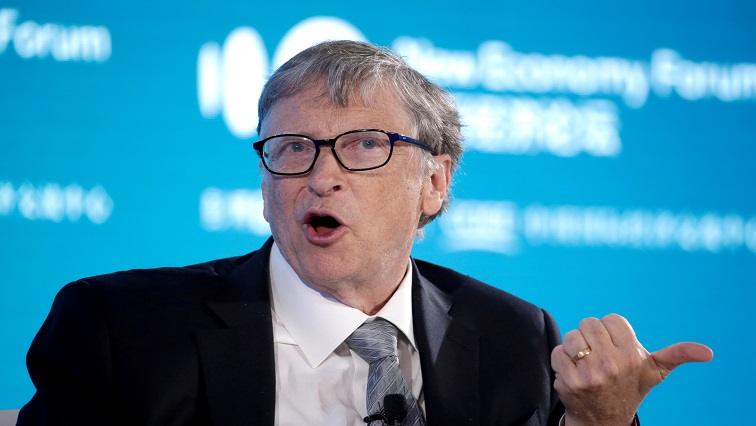The politically sensitive gap between vaccinating people in wealthy and developing countries could narrow to half a year, billionaire philanthropist Bill Gates said on Friday.
As manufacturers increasingly join forces to boost production and governments step up donations to fund more equitable distribution of COVID-19 jabs, the “still quite dramatic” inequity in rollouts will decline, Gates told a virtual session at the Munich Security Conference.
“If we do this well we’ll have about a six-to-eight-month delta of the vaccination levels of the rich countries to the developing countries, (which is) still longer than we’d like,” Gates said of the scramble for vaccinations in short supply.
“We have a chance to get that gap to be only six months.”
Gates, who stepped down as chairman of Microsoft Corp in 2014, has through his philanthropic Bill and Melinda Gates Foundation committed at least $1.75 billion to the global response to the COVID-19 pandemic.
G7 Summit opens under the theme: Transatlantic Cooperation during challenging times
The World Health Organisation on Thursday urged nations producing COVID-19 vaccines not to distribute them unilaterally but to donate them to the global COVAX scheme to ensure fairness.
Countries participating in the COVAX coronavirus vaccine distribution mechanism will soon receive confirmation of their first shipments but should expect them to be small due to limited global supplies, the director of the Pan American Health Organisation said on Wednesday.
AstraZeneca’s vaccine makes up the lion’s share of doses in the COVAX initiative, with more than 330 million doses due to roll out to poorer countries from the end of February. Britain, for example, started vaccinations on December 8.
The COVAX Facility, which is co-led by GAVI, the World Health Organisation, the Coalition for Epidemic Preparedness Innovations and the UN Children’s Fund, has said doses would cover an average of 3.3% of total populations of 145 participating countries.


